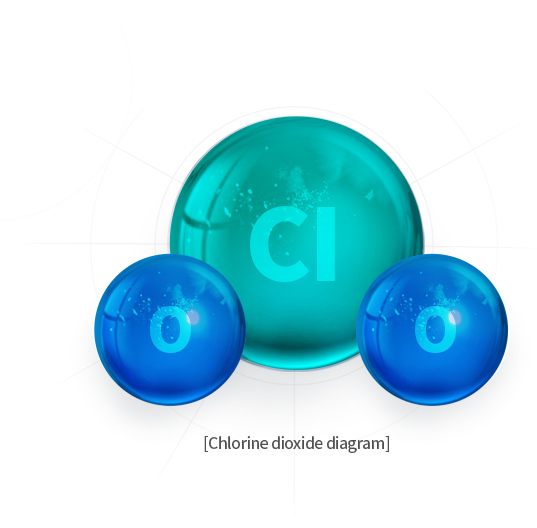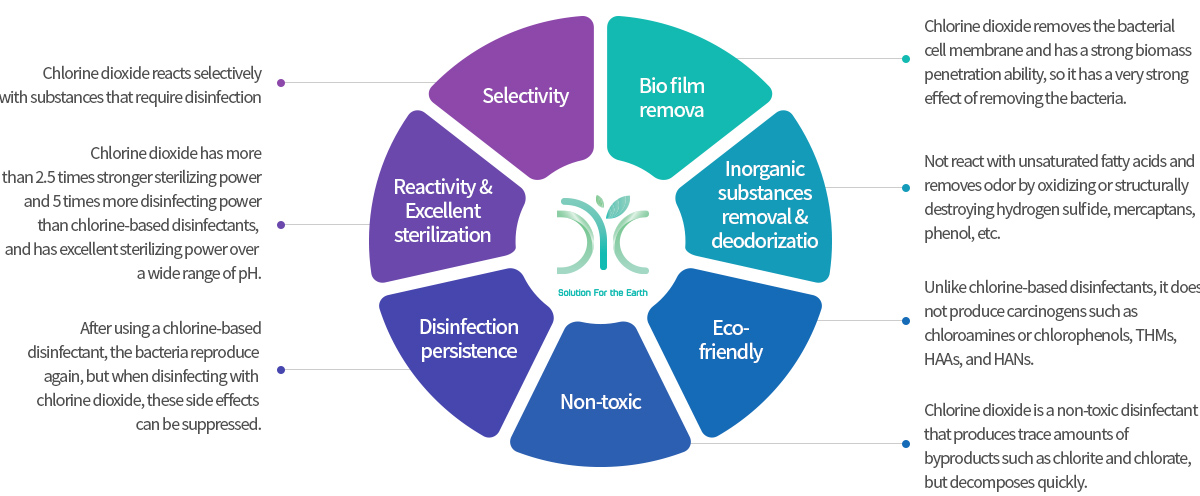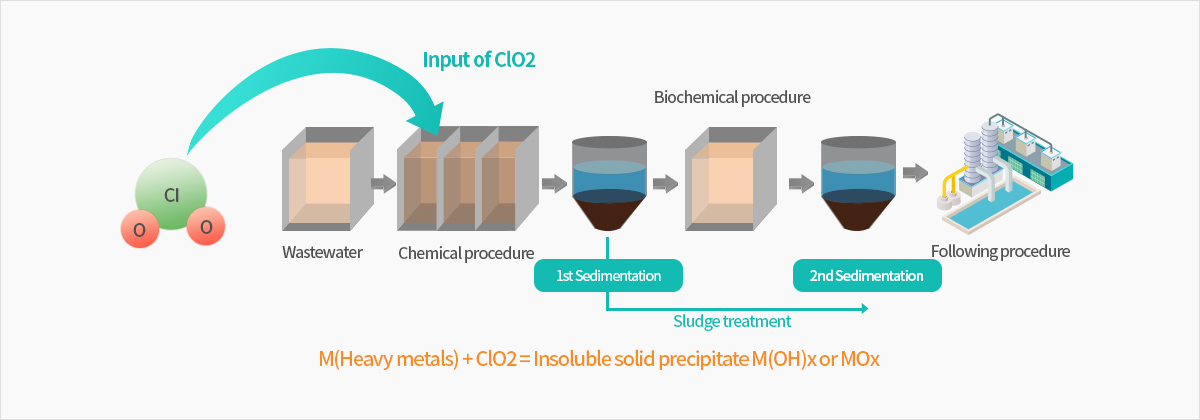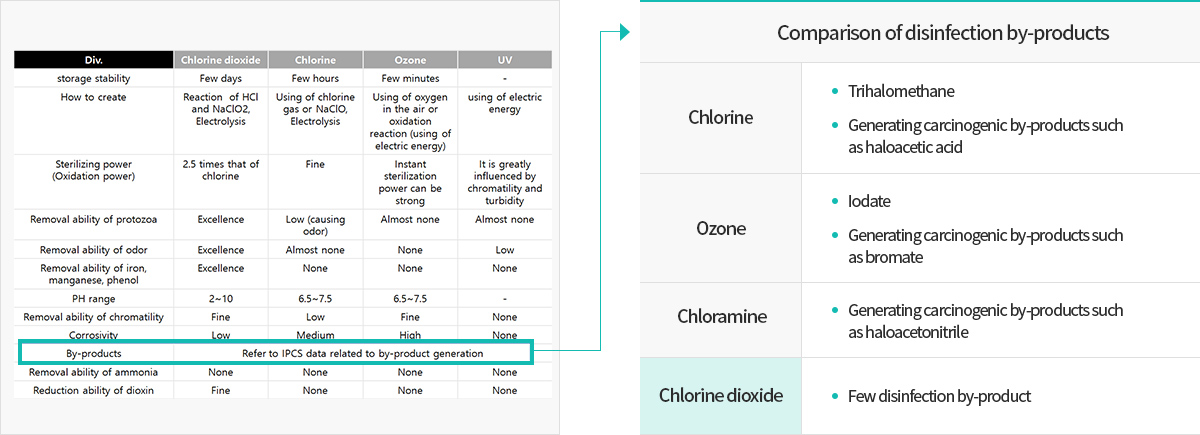Business
Solution For the Earth DYC
Solution For the Earth DYC


| Current overseas status | |||
|---|---|---|---|

|

|

|

|
| Current domestic status | |
|---|---|

|

|


| Div. | Ingredient analysis results (%) | ||
|---|---|---|---|
| ClO2 | ClO2- | ClO3- | |
| T (Japan) | 0.0015 | 0.45 | 0.049 |
| D (Korea) | 0.0 | 6.796 | 0.341 |
| DYC-ClO2 | 0.872 | 0.000 | 0.114 |


[Effective against more than 700 bacteria, including food poisoning E. coli (O157), Staphylococcus aureus, Salmonella, Pseudomonas aeruginosa.]


[Excellent effect against various viruses such as H1N1, corona virus, FMD]





